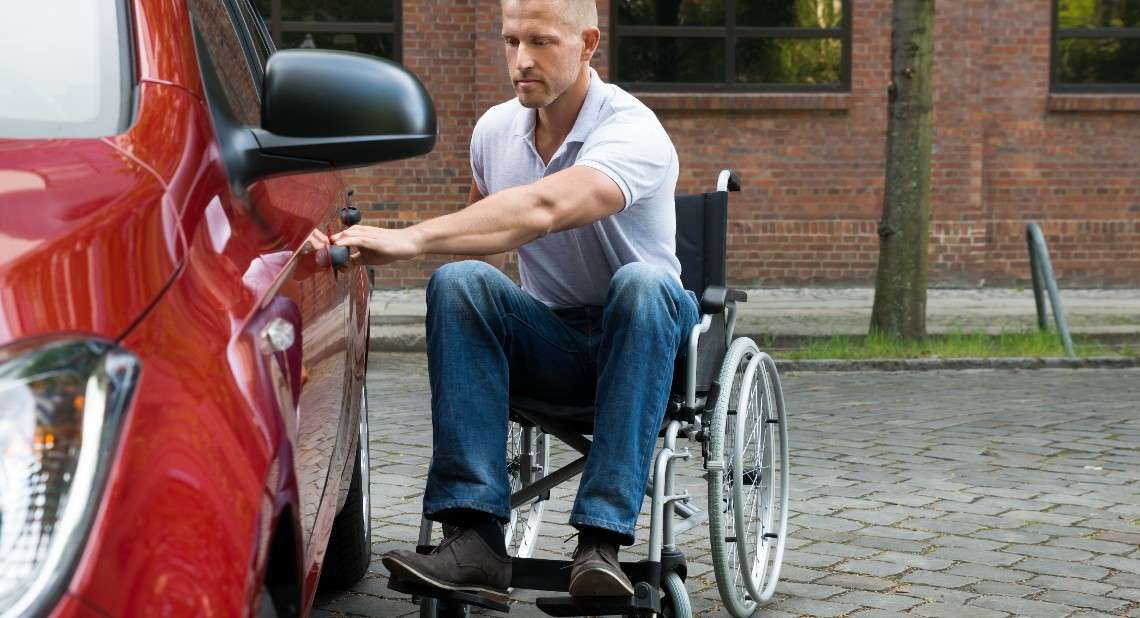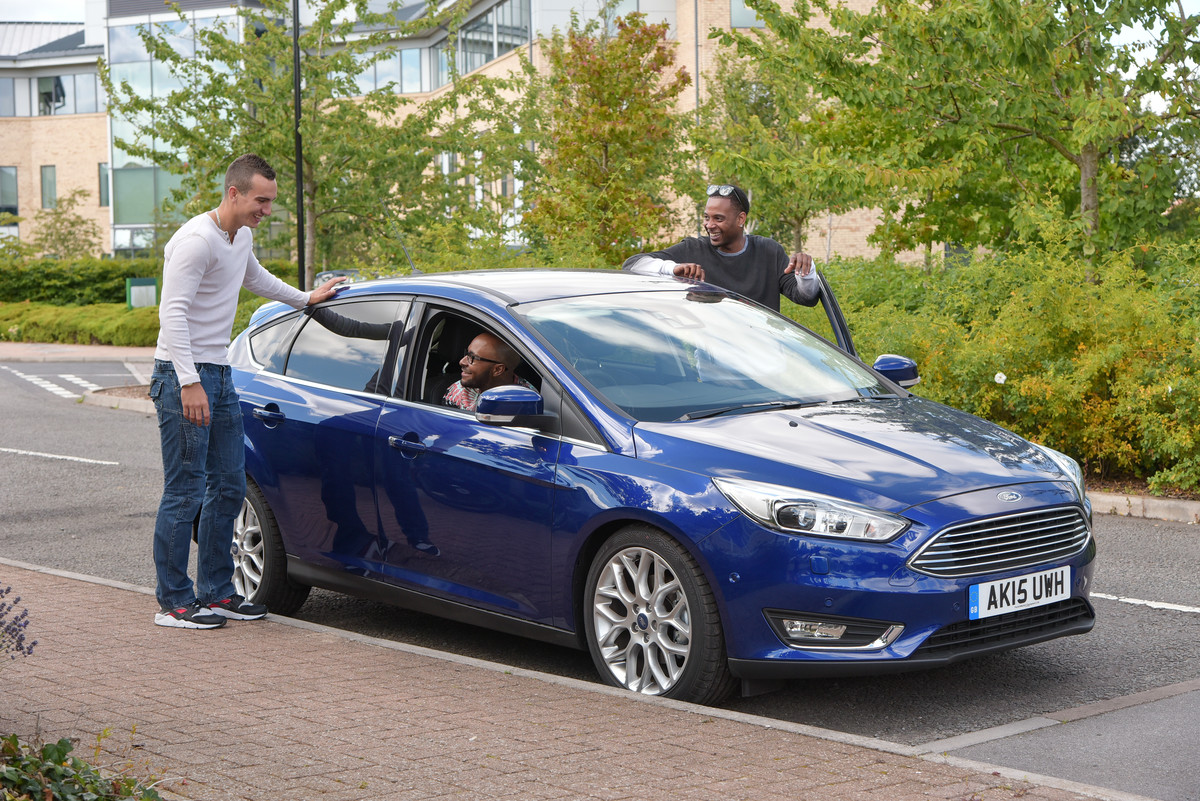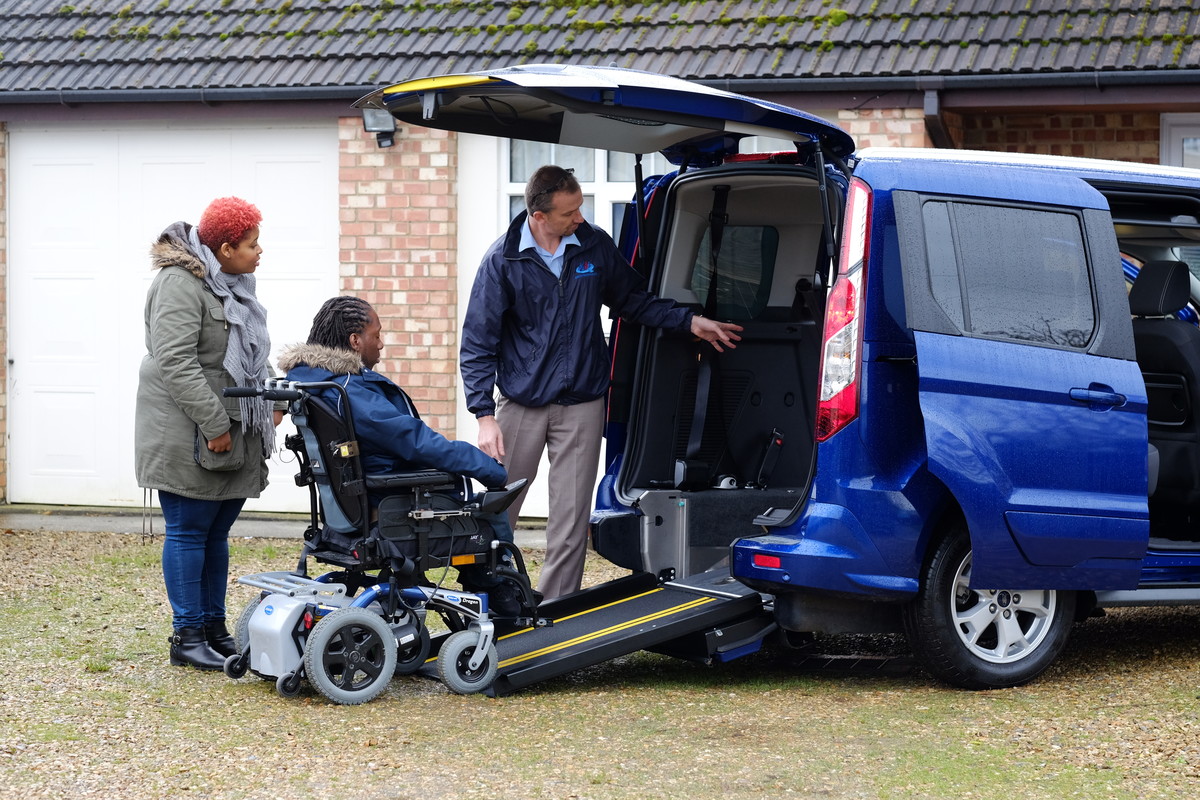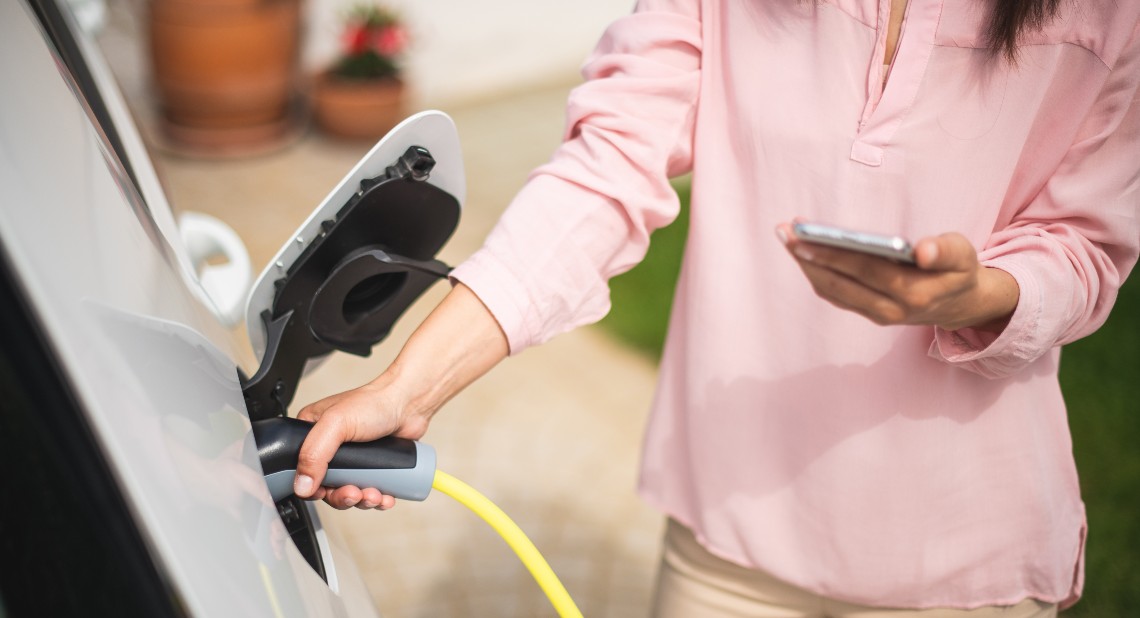If you don’t consider yourself to be really into cars, the sheer amount of metal on offer and the different shapes and sizes that vehicles come in can be quite confusing. Here’s a handy guide to the main car types available and some of their key features, so you can identify the type of car you’re searching for. We hope this helps you get one step closer to finding your perfect car!
What are the different car types?
- Small cars
- Medium cars
- Large cars
- Estate cars
- MPVs or ‘Multi-purpose vehicles’
- SUVs, 4x4s and Crossovers
- Wheelchair Accessible Vehicles (WAVs)
Small cars
Whether they are city cars or superminis, this group of cars is usually made up of ‘hatchbacks’ – the most common type of car on our roads
Often called ‘hatchbacks’ because the entire rear of the car folds up to provide a ‘hatch’ entry for loading, small cars are the vehicles that you’re most likely to see on our roads. Most people have owned a small car at some point in their lives, and they are great starter cars for learner drivers.
‘City cars’ are the smallest of the small cars – one of the newer categories of cars, having been borne from the need to reduce urban pollution. These vehicles are designed to fit into narrow gaps, such as parking spaces in busy cities. They’re typically easy to park, straightforward to drive, and have small, economical engines. However, because of their size, they have very little load space and, typically, only room for two passengers in the rear seats.
Smaller cars are typically easy to park and have small, economical engines
Despite that, these cars are among the most popular to drive as they offer a fine blend of value for money, efficiency and economy. Slightly larger small cars are called ‘superminis’. The Ford Fiesta, Vauxhall Corsa and Peugeot 208 are all superminis. While they are great for people who don’t need a huge amount of storage space, they might not be the right choice for those with lots of equipment, such as buggies or mobility scooters.
Search small cars on the Motability Scheme
Medium cars
This is the type of car to choose if you want something small, but big enough to carry children in comfort
Medium cars often offer a bit more space for passengers and practicality
This category of vehicle is as small as you’ll want to go if you have children, or if you often carry passengers or load a boot-up. Popular cars, such as the Seat Ibiza, Nissan Leaf and Citroen C4 are all called ‘medium cars’. Although they’re still fairly compact, they offer more space and practicality than city cars and superminis. They are often a bit more powerful, too.
Search medium cars on the Motability Scheme
Search the full range
Want to join the 640,000 customers already enjoying the benefits of an all-inclusive package through the Scheme? Explore our full range of cars available using our Car Search tool to narrow down your options.
Small SUVs
If you’re looking for space for the family, plus luggage or larger loads, consider getting a small SUV (Sports Utility Vehicle)
When it comes to the world of SUVs, 4x4s and crossover cars, things can get a bit difficult to explain – because the differences between these types of cars have become blurred. Here, we’ve opted to separate them into two easy-to-understand categories: small SUVs and large SUVs.
Small SUVs are somewhere between a car and a traditional SUV, and they are sometimes referred to as crossover cars. In recent years, they’ve become a more popular choice for families who want a more spacious vehicle. They can be a great option for people who need to carry larger loads, such as mobility scooters and wheelchairs. They’re a bit harder to park in smaller spaces, though, due to their size.
The Hyundai Bayon, Kia Stonic and Volkswagen Taigo are good examples of small SUVs. These models are usually loaded with gadgets, and some people find that they provide a more comfortable driving experience.
Search small SUVs on the Motability Scheme
Large SUVs
If you’re looking for lots of boot space and a four-wheel drive, you’ll likely be interested in a large SUV (Sports Utility Vehicle)
Large SUVs tend to have a more rugged look and higher ride height, though manufacturers have developed ways to make them simple to drive by adding light steering and good visibility. Some are 4x4s (four-wheel drives), which offer you that extra grip on tricky terrain or in bad weather, but most SUVs are now front-wheel driven. This is the most common layout in cars — and, as such, front-wheel-drive SUVs behave a bit like chunky hatchbacks.
Some popular large SUVs include the Suzuki S-Cross, Nissan Qashqai and Kia Sportage. These all have larger boot sizes and are perfect for those people who need a vehicle with lots of storage space,
Search large SUVs on the Motability Scheme
Estate cars
Also known as station wagons, estate cars deliver extra load space combined with easier access
‘Estate cars’ are longer versions of medium and large cars that can carry and store more. Quite a few medium and large cars are available with estate bodies, so you might recognise some familiar names in this segment – for example, the Ford Focus ST-line.
MPVs or ‘Multi-purpose vehicles’
Sometimes called ‘people carriers’, MPVs come in different sizes and are perfect for families and carrying larger loads
These cars come in small, medium and large sizes but are really all classified as one segment. They are designed primarily for families needing to move people and luggage around and are, therefore, extremely competent at carrying loads. On the downside, they can be less sleek to look at than other cars and sometimes less exciting to drive.
SUVs have taken over from MPVs in popularity stakes, so there are fewer of these ‘people carriers’ now in production. Some examples of MPVs include the Ford Tourneo and the Volkswagen Caddy.
Wheelchair Accessible Vehicles (WAVs)
These specially adapted vehicles enable wheelchair users to travel safely and comfortably while seated in their wheelchair
If you find transferring from a wheelchair into a car difficult, you might want to consider a WAV. A WAV is a vehicle that has been specially converted so that you can stay in your wheelchair during the journey, either as a passenger or a driver. WAVs come in all shapes and sizes, and there are lots of different seating layouts available.
WAVs could be a good option if you find transferring from a wheelchair into a car difficult
Standard features of a WAV normally include:
- A built-in ramp, or lifts on larger vehicles
- Access from the side or the back of the vehicle
- A lowered floor or raised roof to allow enough headroom
- Wheelchair tie-downs to keep the wheelchair in position inside the vehicle
For more details, take a look at the WAV area of our website.
What type of car should I choose?
Ultimately your choice of car will depend on a number of factors, probably starting with a realistic budget.
The types of driving you do (e.g. long or short journeys), practicality, budget, driving enjoyment, safety, and technology are some other considerations that should all be part of the mix.
Remember to use our Car Search tool to see what’s available on the Motability Scheme, and visit your local dealer to have a test drive before placing your order.
Interested in joining the Scheme?
About the Scheme
The Motability Scheme offers an all-inclusive package. If you are in receipt of a qualifying mobility allowance you can use it to lease a car, scooter, powered wheelchair or Wheelchair Accessible Vehicle. The Scheme provides flexible and hassle-free access to a brand-new, reliable vehicle of your choice. As well as a great choice of cars, we also provide a wide range of Wheelchair Accessible Vehicles, scooters and powered wheelchairs.
Eligibility
To join the Scheme, you must be in receipt of a qualifying mobility allowances.
You can easily check whether you’re eligible to join the Motability Scheme by using our eligibility checker tool.
Related articles
Choosing a family-friendly electric car: what to look for
Latest prices for the Motability Scheme
Expert car picks from the new Motability Scheme price guide
![]()











